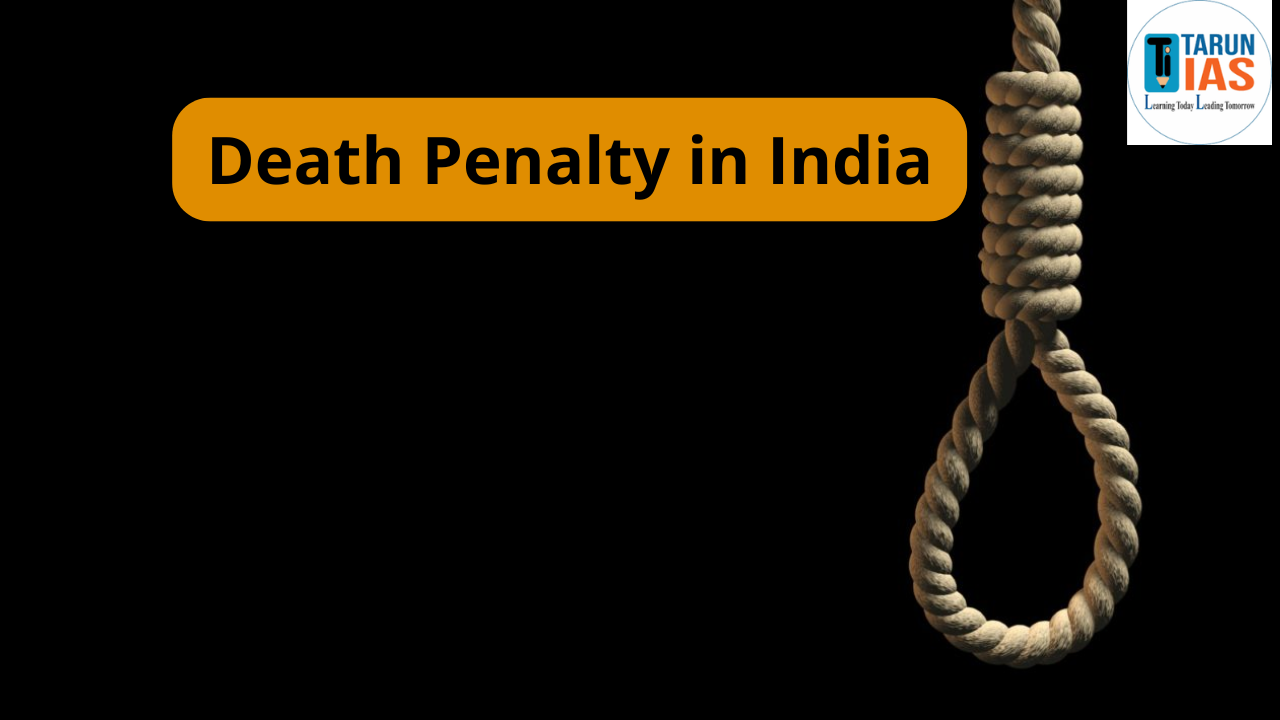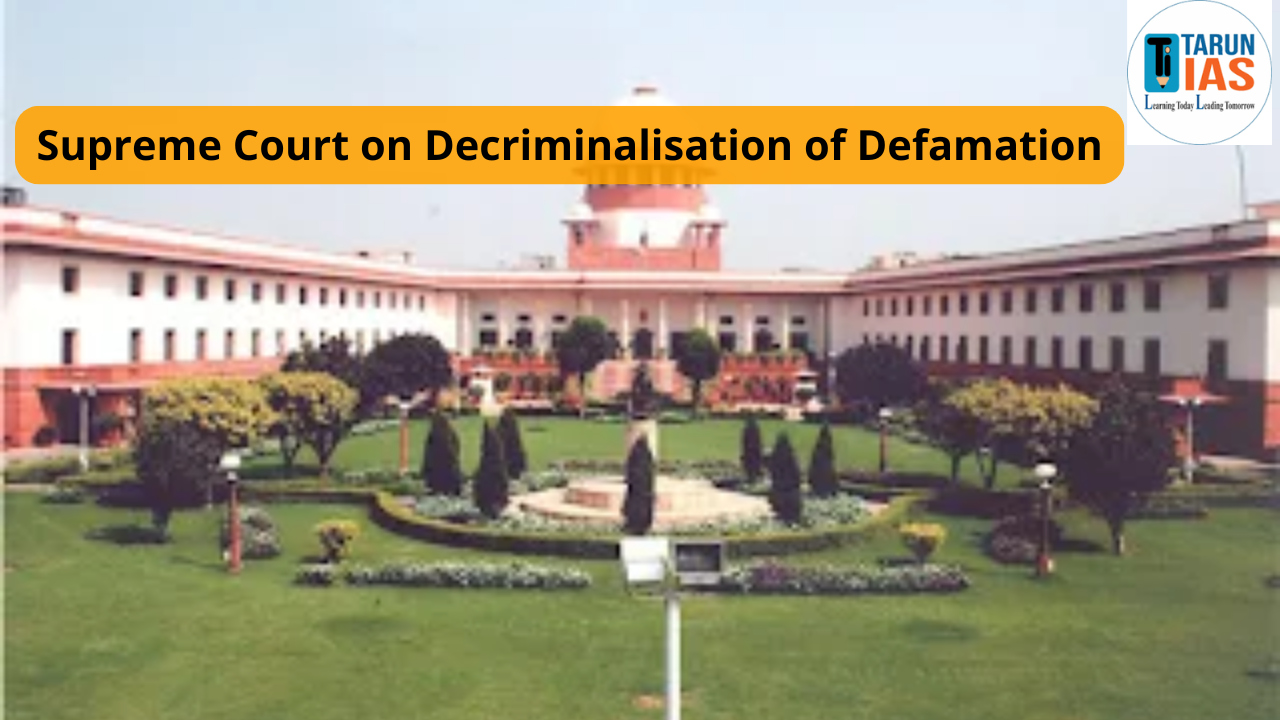The Indian Constitution gives us Fundamental Rights and Directive Principles of State Policy (DPSPs). Fundamental Rights protect the freedom of every person, while DPSPs guide the government to make policies for the good of society. The table below shows the main differences between them in simple terms.
| Parameters | Fundamental Rights | Directive Principles of State Policy |
| Characteristics | They limit states control over individuals | They impose certain duties on the state and thus give them obligations to fulfil these. |
| Legal status | Legally enforceable in the Court of Law | Non-enforceable. |
| Objective | They establish democratic governance in the nation | Their objective is to create socio-economic democracy in the nation. |
| Force | They possess legal consequences. | They hold moral and political consequences. |
| Need | Essential for personal growth | They necessitate legislation for their enforcement. |
| Enforcement | Numerous rights can be enforced without the need for legislation. | They require legislation for their enforcement. |
| Justiciability | If any law breaches any of the Fundamental Rights, the court must rule it unconstitutional. | A breach of the Directive Principles of State Policy does not serve as a reason to declare a law unconstitutional. Nevertheless, the Court can affirm the validity of any law if it was enacted to implement a directive |
Conflict Between Fundamental Rights and Directive Principles of State Policy
In the early years after independence, there was a lot of conflict between the Fundamental Rights and the Directive Principles of State Policy. While trying to implement the socialist reforms the government kept on infringing on the Fundamental rights of the individuals. The resolution of conflict involved various interpretations from the Judiciary in different cases which are explained in the following section.Champakam Dorairajan v the State of Madras,1951
Background
-
- In the 1950s, a quota system was in place for admissions to educational institutions in Madras.
- A Government order had been passed in 1927 (in Madras presidency) under which caste based reservation in government jobs and college seats was provided.
- Smt. Champakam Dorairajan, a Brahmin was unable to get admission into the medical college even with her qualifying marks due to being a Brahmin. So, she filed an application under Article 226 relating to infringement of her fundamental rights.
- It was alleged that not getting admission was a violation of her rights under Article 15 (1) i.e. non – discrimination by state against any citizen on grounds only of religion, race, caste, sex, place of birth or any of them and article 29 (2) i.e. The state must not refuse admission to educational institutions it manages or ones that receive its support based solely on race, religion, caste, language, or similar factors.
- Similarly, another petition was filed in the Madras High court by a student C.R. Srinivasan related to not getting admission in engineering college even with her qualifying marks (She had obtained 369/450 marks). Both Dorairajan and Srinivasan had requested a writ of Mandamus to annul the Government order.
- The Madras High court in its judgment had struck down the Government order because the reservation system based on caste was against the constitution of India. Later, the Madras state appealed in the Supreme court against this judgment of the High court.
Upheld the Madras High court Judgment
- The Supreme Court upheld the Madras High Court judgement, which had struck down the Government Order passed in 1927. The Supreme court held that the classification issued in the Government Order issued by the State of Madras was based on religion, race and caste and was a clear violation of the constitution of India. The court held that such reservation violated Article 16(2), Article 15(1) and Article 29(2).
Upheld the Superiority of Fundamental right
- In this case the state had claimed that it had the right to maintain such government order under the provisions of Article 46 of the constitution. Article 46 is a directive principle which provides state the power to promote the educational and economic interest of weaker sections. Such provisions need to be made mainly for the SCs and STs to protect them from any kind of social injustice. This prompted the inquiry into whether all fundamental rights surpass the Directive Principles of State Policy.
- In the case, the Court gave primacy to the Fundamental rights. It held that whenever there was conflict between Fundamental rights and DPSP, the Fundamental rights would prevail. It held that Directive principles have to confirm and run subsidiary to the fundamental rights. It was held by the court that the fundamental right could be amended by the Parliament by enacting constitutional amendment acts.
First Constitutional Amendment
The government responded by bringing the 1st constitutional amendment. This added a clause 15 (4) as an exception to article 15. This amendment added Article 31 A and 31 B to the constitution and also the Ninth Schedule was inserted in the constitution. Consequently, in the years that followed, emphasis was placed on Fundamental Rights. Nevertheless, the government’s authority to amend the constitution also applied to Fundamental Rights.Golaknath vs State of Punjab, 1967
Background
Two members of the Golaknath family (Henry and William Golaknath) held over 500 acres of farmland in Punjab. In 1953, Punjab security and land tenures act was passed under which it was held that the brothers could only keep 30 acres of land. This was challenged by the Golaknath family in the court and the case reached the Supreme court in 1965. The family submitted a petition under Article 32 contesting the 1953 Punjab Act on the basis that it infringed upon their Fundamental rights to acquire and retain property (Articles 19(1)(f)) and to engage in any profession (19(1)(g)), as well as their right to equality before the law and equal legal protection (Article 14).Two issues were dealt by the court in this case
Is the Constitutional Amendment considered a ‘law’ in the context of Article 13?
-
- Reversed its previous Judgments: In this case the court reversed its earlier judgment of Shankari Prasad case which was reiterated in the Sajjan Singh case. In both these cases the court had opined that ‘law’ did not mean amendment and Article 368 granted power to amend all parts of the constitution including Fundamental rights.
- Amendment is a law under Article 13: The court held that a constitutional amendment under Article 368 of the Constitution was an ordinary ‘law’ within the meaning of Article 13(3) of the Constitution. Thus, no major difference existed between ordinary legislative power of the parliament and the inherent constituent power of parliament to amend the Constitution.
Whether Fundamental rights could be amended or not?
- Sacrosanct nature of Fundamental rights: The judgment left Parliament with no power to curtail Fundamental rights. Article 13 (2) states that Parliament is unable to enact any legislation that limits the Fundamental Rights outlined in Part III of the Constitution. Therefore, constitutional amendment, also being an ordinary law within the meaning of Article 13, could not violate fundamental rights. Thus, all constitutional amendments, passed thus far, which were in contravention or which had made an exception to the fundamental rights chapter, were held void. In this case, it was also held by the court that Fundamental rights are sacrosanct and they could not be amended even for implementation of Directive principles.
The 24th and 25th Constitutional Amendments
Parliament brought various amendments to overcome the difficulties created by the Judgement. A constant tussle between the Parliament and the Judiciary started.- New amendment introduced: Two amendments i.e. the 24th and 25th constitutional amendment were brought by the Parliament. The 24th Constitutional Amendment stated that Parliament possesses the authority to restrict or eliminate any of the Fundamental Rights through amendments and required the President to provide his approval for the constitutional amendment bill. The 25th Amendment introduced a new Article 31C.
- Provisions under Article 31 C: Article 31C contained 2 main provisions:
- Any law that seeks to implement Article 39 (b) and Article 39 (c) cannot be challenged in the Court on the grounds that it violated Article 14, 19 and 31(Right to Property). (This provision was upheld in the Kesavananda Judgment)
- No law containing a declaration for giving effect to such a policy shall be questioned in any court on the ground that it does not give effect to such a policy. (This provision was invalidated in the Kesavananda Judgment.)














